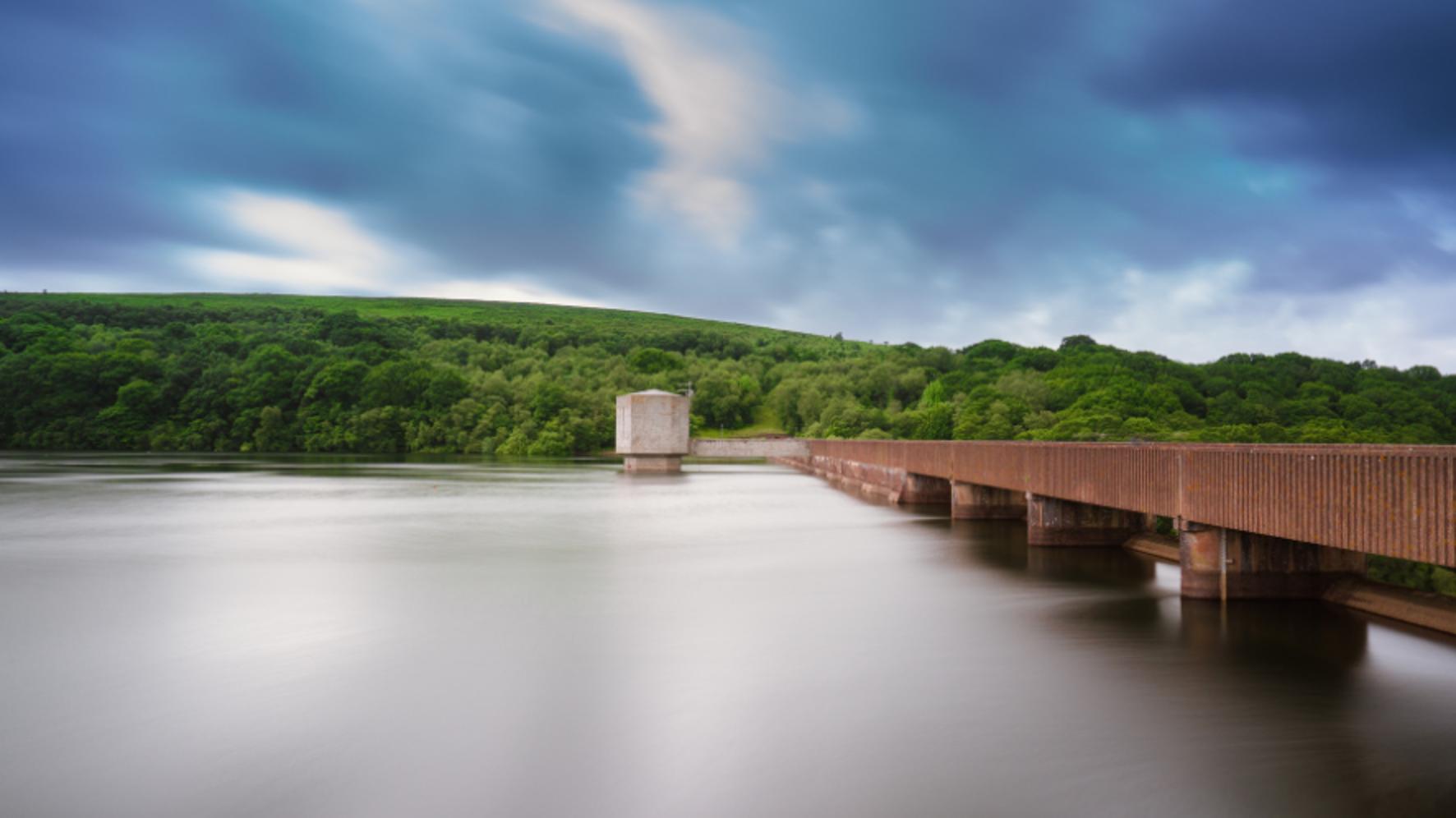If you’ve been to Wimbleball Reservoir recently, you will have seen that levels are looking a little lower than normal. South West Water’s Senior Water Resources Manager, Paul Merchant, explains how the water in Wimbleball is used and why the low levels are not a cause for concern.
Following the warmest UK summer on record, it’s no surprise that most reservoirs around the region are looking lower than you might normally expect, and Wimbleball Reservoir is no different.
As Paul explains, the low levels in the reservoir are not a reason to worry. “The UK experienced a very warm summer this year which means higher levels of water usage than normal and more demand on our resources across the region. That’s exactly what we have reservoirs for and that’s what we would expect to see.
“By design, the reservoirs provide us with storage that we need during warm and dry weather and we drain these down knowing they will refill during the wetter months of the year.”
You might think that South West Water takes water directly from reservoirs to supply customers but that’s not always the case, and for Wimbleball water is released into the River Exe to be taken out at Tiverton and Exeter and treated at local water treatment works.
Paul explains: “These water treatment works are located near the River Exe and that’s where we take water from to treat for our customers. When the river levels drop to a certain point, we release stored water from Wimbleball into the River Exe to ensure the river maintains good flows to support the wildlife and natural environment that relies so heavily on it.
“Because of the warm and dry summer we had this year, the river levels were often low and so we released more water from Wimbleball than we might do in other years.”
Nestled within the rolling hills of Exmoor National Park, Wimbleball holds 21,320 megalitres of water when full – that’s over 21 billion litres of water.
The reservoir is unique for the South West because as well as providing water for South West Water customers across parts of Devon, it is also shared by Wessex Water and used to supply some of its customers in Somerset.
How are the levels at Wimbleball changing?
While lower than normal for this time of year, storage levels in Wimbleball have been increasing daily over the last few weeks and will continue to do so as more winter rainfall is seen, and this isn’t the only way that levels will be boosted.
“Over the winter Wimbleball benefits from a winter pumping scheme,” Paul says. “What this means is that during that period we are able to pump excess water from the River Exe back up into the reservoir ready for when it’s needed in the summer. This can be used to provide an average of around 75 million litres a day during this period, which provides a real boost to our storage levels.”
This, Paul says, alongside winter rainfall and the benefits of a good natural drainage catchment for the area, will drive storage levels up over the winter in preparation for next summer.
Improving water resilience in the South West
Whilst current levels at Wimbleball are not causing concern for South West Water, a growing population and more prolonged periods of dry weather being seen as a result of climate change means the company remains committed to improving water resilience in the South West.
Since 2008 the company has repurposed four quarries into reservoirs - Blackpool, Stannon, Park and Hawks Tor – to support an improvement in water resources.
Its Water Resources Management Plan sets out how it plans to continue to build resilience across the South West and manage supply and demand for the next 25 years.
This includes resurrecting plans for the Cheddar 2 reservoir, that will benefit customers across the Greater South West.
